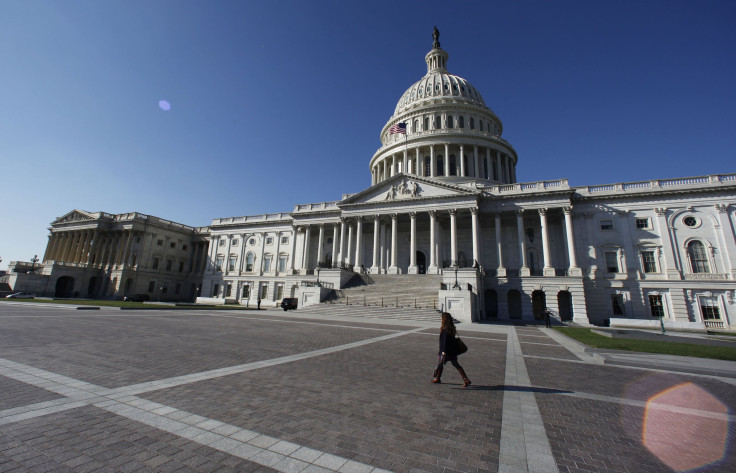Debt Ceiling 2013: Lessons From The Last Time The US Defaulted

If the United States defaults on its debt payments as the result of a debt ceiling showdown, would it really cause widespread economic chaos? As Congress lurches toward the second debt ceiling crisis in two years, some economists are arguing that a small-scale default or delay in debt payments might not be so bad.
If history is any guide, however, even a brief default could cost the government billions. And, in history, the federal government of the United States of America has defaulted only once since the 18th century. It happened in 1979, it cost the government billions of dollars, and it was an accident.
“We had one technical default on treasury debt, back in 1979,” Mark Zandi, chief economist at Moody’s Analytics, said during a Senate Budget Committee hearing Tuesday. “Some individual investors did not get their money on time. The academic research clearly shows that that has cost us tens of billions of dollars.”
Investors in Treasury bills set to mature on April 26, 1979, received notice that the United States Treasury would not make its payments on maturing securities to individual investors. The Treasury was subsequently late to make payments on Treasury bills maturing on May 3 and May 10 of that year. The Treasury blamed the late payments on a perfect storm: a stalemate in Congress over the debt limit, an unprecedented number of small investors, and a failure in the word-processing equipment used to prepare check schedules. Excuses aside, economists Terry L. Zivney and Richard D. Marcus wrote in a 1989 article on the episode and its fallout, “this was the day that the United States defaulted.”
The default was temporary and affected a minuscule portion of the nation’s investors, holding an equally tiny share of the debt: about $122 million in Treasury bills, a tiny fraction of a percent of what was then the total U.S. debt. But it cost the government billions. “The primary impact of this default was to increase T-bill yields by 60 basis points,” or sixth-tenths of a full percentage point, Zivney and Marcus wrote. “This increase was a one-time, permanent ratchet upwards of yields...[and] translates into a $12 billion increase in interest payments.” U.S. debt was supposed to be risk-free, and it turned out it was not. In fact, it took a class-action lawsuit to force the government to compensate the individual investors in full for the late payments.
As Zandi warned Tuesday, an increase in rates will affect the budget for decades to come. “The impact is smaller at first because only new debt is affected,” Zivney and Marcus said. “But over time, as the older debt matures and becomes refinanced at higher rates, the entire cost of the default is realized.”
“So we are playing with real fire,” Zandi said. “I disagree incredibly strongly with the notion that breaching the debt ceiling would not have major, catastrophic consequences.”
© Copyright IBTimes 2025. All rights reserved.






















